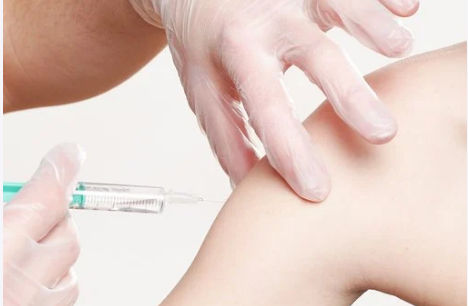When the Omicron
variant of the novel coronavirus was first discovered in South Africa,
countries went into a tizzy. Having only somewhat managed to recuperate after
the deadly Delta wave, nations were justifiably apprehensive about a variant
that could escape vaccine protections. This happened at a time when, due to
vaccine spread, some countries were seeing the beginning of the end of the
COVID-19 pandemic.
Now, in a study
published in the scientific journal Nature, a group of scientists has
attempted to articulate the learnings about the limits of human immunity and
the impact that vaccines have.
Also Read | One nasal droplet of coronavirus can get you infected with COVID-19: Study
As Omicron cases
spread across the world, scientists discovered that the existing jabs were
unable to afford effective protection against the virus, but were indeed able
to reduce hospitalisations.
Moreover, protection
from mRNA vaccines against COVID-19, that include the Pfizer-BioNTech and the
Moderna jabs, dropped to below 40% months after two doses. But booster doses
seemed to help.
Remember the
intruder
When a pathogen
enters the human body, B cells and T cells rush in to defend. B cells are “first
responders”, according to Ali Ellebedy, a Washington University-based
immunologist who spoke to Nature. The B cells, responding to the
pathogen, churn out proteins called antibodies.
Antibodies are of
two kinds. The first, those that can flag suspicious intruders, and the second,
those that stop the pathogen from infecting other cells. The second kind are
the real, neutralising antibodies.
Pathogen
forgotten
While B-cells do
put up a brave fight at wartime, they die out quickly. So, antibodies wane fast
and quick after an infection. What matters now, is whether the body can produce
the same antibodies quickly to counter the same pathogen if it makes a
re-entry.
Whether the attack
and resistance become part of B-cell memory determines the amount of protection
antibodies can offer.







